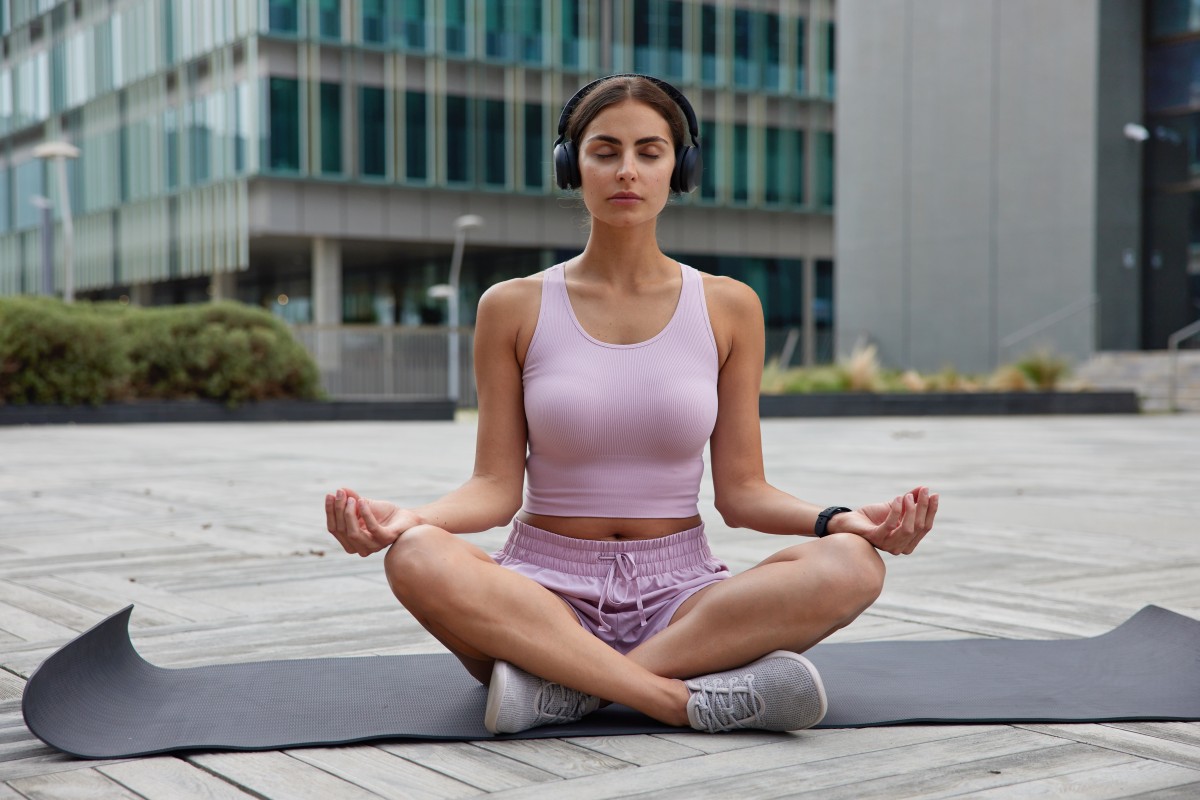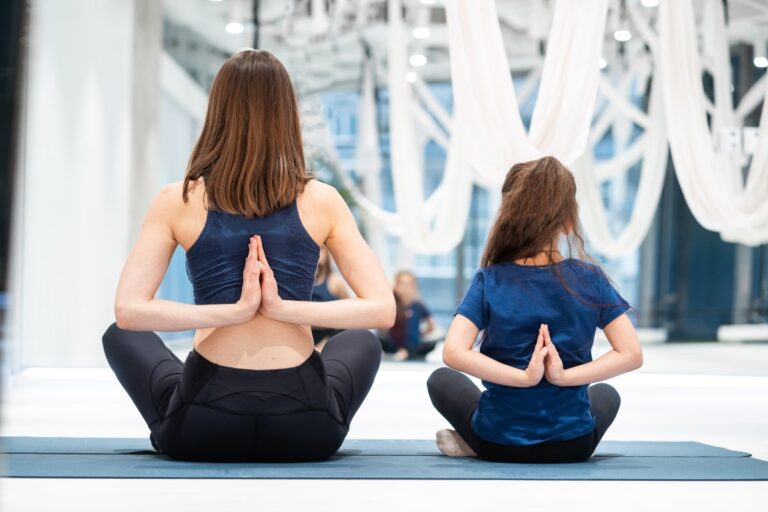Hey there, fellow seekers of balance 🌿
If you’re anything like me, you’ve probably gone through phases where your body felt out of sync—your energy was low, sleep was off, and your mind felt like a crowded room you couldn’t escape. For me, the game-changer wasn’t a new diet, a fitness trend, or even a fancy supplement. It was something much simpler and ancient: Pranayama.
Yes, breathing. But not just any breathing—conscious, intentional breathing that has been practiced for thousands of years in yogic traditions to bring the body and mind back into harmony.
What is Pranayama, Really?
In simple terms, pranayama is the practice of controlling your breath. In Sanskrit, “prana” means life force (energy), and “yama” means control. So pranayama is literally the regulation of life energy through breath.
Before you think it’s just woo-woo yoga stuff, let me share a little secret: modern science backs it up, especially when it comes to mental health and overall happiness.
My Body Was Crying Out for Regulation
I first turned to pranayama when my body felt stuck in survival mode. I was dealing with:
Shallow breathing and constant tension
Mood swings and anxiety spikes
Low energy and poor digestion
Racing thoughts that hijacked my peace
Nothing really helped—until I committed to 15 minutes of pranayama every morning. What happened after just a few weeks? A subtle but powerful shift.
How Pranayama Regulates the Body
Here’s how this ancient practice helps physically and emotionally:
🧠 Balances the Nervous System
Pranayama stimulates the parasympathetic nervous system, which is your body’s rest-and-digest mode. Techniques like Nadi Shodhana (alternate nostril breathing) help calm the mind and reduce cortisol levels—the stress hormone that messes with everything from digestion to sleep to mental clarity.
“I used to wake up with anxiety. Now, I wake up with a quiet mind and steady breath.”
❤️ Improves Emotional Stability and Mental Health
Your breath is directly linked to your emotions. Shallow, rapid breathing can trigger anxiety, while slow, deep breathing tells your brain, “You’re safe.” Practicing pranayama helped me find emotional balance—and yes, a sense of real happiness that didn’t depend on external stuff.
💪 Boosts Energy and Digestion
Certain pranayamas like Kapalabhati (Skull Shining Breath) or Bhastrika (Bellows Breath) are energizing and help ignite digestion. I found myself needing less caffeine and feeling more naturally alert throughout the day.
😴 Improves Sleep and Recovery
Before pranayama, I’d toss and turn at night. Now I wind down with Chandra Bhedana (left nostril breathing), and it’s like flipping a switch for deep rest.
Science Says: Pranayama = Happiness + Health
Multiple studies have shown that pranayama reduces symptoms of anxiety, depression, and PTSD. It increases oxygen flow to the brain, supports heart health, and even improves lung function. And the best part? It’s free, portable, and requires zero equipment.
When your breath is calm, your mind follows—and so does your body. That’s the real gateway to sustainable happiness and a healthy, resilient nervous system.
How to Start: Simple Pranayama Practice
Here’s the 10-minute flow I started with (and still use!):
Box Breathing (4-4-4-4 pattern) – 2 minutes
Nadi Shodhana (Alternate Nostril Breathing) – 4 minutes
Bhramari (Humming Bee Breath) – 2 minutes
Deep belly breathing with hands on abdomen – 2 minutes
Start small. Be consistent. Your body will thank you.
In a world full of noise, screens, and stress, your breath is your superpower. Pranayama isn’t just a tool—it’s a daily ritual that gently pulls you out of chaos and reminds you of who you really are: whole, peaceful, and enough.





